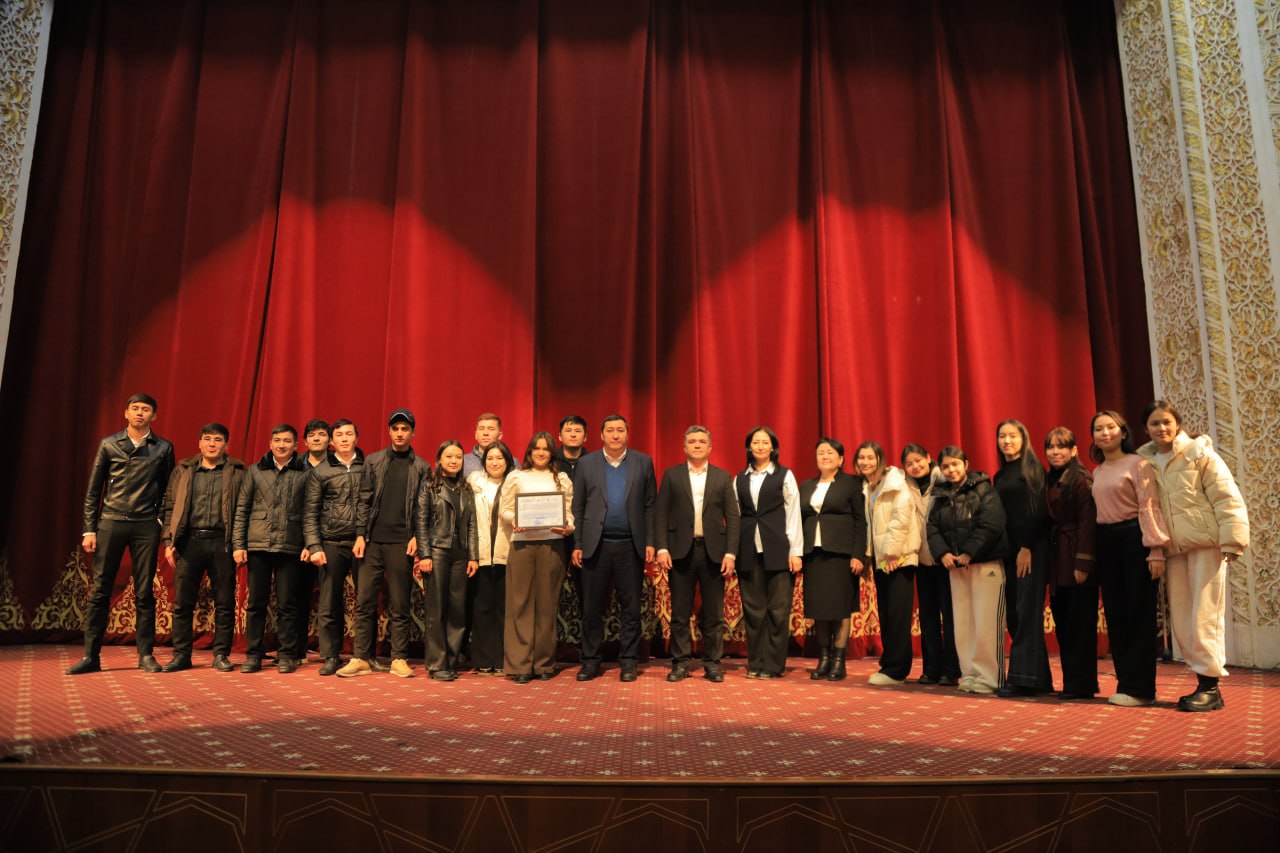Ahmedov Oybek Saporbayevich, Doctor of Philology
Professor of English Language Teaching Methods,
Uzbek State University of World Languages
Tilavova Malika Mamaraimovna, Teacher of English
Language Theory and Practice Department,
JDPU (Jizzakh State Pedagogical University)
Abstract: In this article, you will encounter a storm of ideas about semasiology, the field that studies the meaning of words and phrases. This article analyzes lexicology, which is the main branch of linguistics, its main field is semasiology and its place in science, the meaning and structure of words. The study of the meanings of words and phrases, the analysis of the methods of transfer of the meaning of words is also included in this article.
Key words: vocabulary or lexicon, lexicology, semasiology, expression plan of the language, lexical stylistics (use), semantic symbols, term, lexical meaning of the word, lexeme, connotative meaning, semantic or conceptual field, antonym, synonym, polysemy, homonym.
The study of lexicology of the language is a very broad field, which includes a number of such things as the formation of words, the enrichment of the vocabulary and speech, its use, the change of meanings, narrowing and expanding, and the use of various terms. Because of this, there are separate fields that study different aspects of the lexicon.
Semasiology studies language units in terms of meaning. The field that studies the semantic construction of language units, primarily lexical units, and related issues is called semasiology. This field studies all meaningful units of the language. The semantic construction of a word consists of the meaning (meanings and additional stylistic meanings) specific to this word.
As we noted above, the field that studies the semantic construction of words and related phenomena is called semasiology. Any word has a whole form and meaning: house, tree, water, air, etc.
Although all words in a language have meaning, they differ from each other according to the most general feature of meaning. For example, the main part of the words in the language conveys the concept of a thing, a sign or an action in an objective existence: cotton, soil, white, etc. Other words, that is, auxiliary words (with, for, and, if), as well as exclamatory and imitation words (eh, ura, lip-lip) do not express concepts. Only words expressing concepts have lexical meaning.
As we mentioned above, the information about the objective existence of the word, such as a sign, action, is called the lexical meaning. Words are divided into a certain type by signs of commonality and similarity in lexical and grammatical meanings. For example, words denoting kinship, words denoting happiness and sadness, words related to various emotions and others form separate lexical-semantic groups. In their research, the theory of “semantic or conceptual space”, context and combination of lexemes (which is often called “valence”) are used.
Each lexical meaning belongs to a specific word. The lexical meaning taken in relation to what it means has the character of generalization. This feature is called lexical meaning. Generalized or specific meanings of words are determined by context. Additional meanings in the semantic construction of the word are emotional-expressive color and stylistic sign.
Emotional-expressive meaning is a feature of a word to express the subject’s feelings, mood and other similar relationships in addition to the lexical meaning.
Lexical meaning is always in the semantic construction of the word. Emotional-expressive meaning may or may not be present in the construction of the word: novcha, naynov [ thin].
The meaning of words in the language may differ from their meaning in speech. If the meaning of the words in the language is constant and stable, the meaning in the speech is inextricably linked with the changing and stable topic.
Lexical meaning can be divided into the following types according to the relationship between objects and events:
- The meaning of naming.
- The meaning of showing.
- Correct meaning.
- Figurative meaning (metaphor, metonymy, synecdoche).
It seems that words can be used in a correct (basic) and figurative sense. The main (correct) meaning of the word is directly related to the term function of this word: fox. The meaning of the word itself, which is not connected with the object or concept it expresses, but is used to show a sign or state of this thing as a sign of another thing, is called a figurative meaning: he is a fox, free cock.
Words can have one or more meanings. The phenomenon of unequivocal meaning is called monosemy, and the phenomenon of polysemy is called polysemy. Both phenomena are characteristic of the semantic construction of the word.
The study of polysemy rather than monosemy as a language phenomenon is more theoretical and practical. Most of the words in common usage are polysemous.
Polysemy is a phenomenon characteristic of almost all word groups: til-language, til- prisoner of the enemy, til -farming language – mystery. Polysemy occurs in two main ways: 1) as a result of a word acquiring a new meaning; 2) as a result of forming a word in a polysemous word or by means of polysemous affixes: yer-earth, yer-area, , yer-place, time, condition. At first, the word earth had the same meaning as any other word. Its meanings in the current language are the result of the development of the semantic construction of this word.
No matter how many meanings a polysemantic word has, these meanings are interconnected. The same feature distinguishes polysemous words from homonyms. If the connection between the meanings of a polysemantic word is broken (disappeared), a noun is formed: a sentence.
In the process of language development, as in all its fields and events, there is a change in the semantic structure of the word: a) a new meaning appears; b) meaning is lost.
The development of the meaning of the word leads to a change in quality and quantity, and even to its complete disappearance from the language. Words can change their meaning depending on their similarity, proximity and use in the speech situation (context). The use of the word in figurative senses is typical for all languages. There are four types of transfer of word meaning: metaphor, metonymy, synecdoche, functional transfer (pero-goose feather-steel pen).
Lexical meanings in the language always interact. Some words are close to each other in terms of their meanings, while others negate each other and have opposite meanings. From this point of view, synonyms and antonyms are different. Words have a certain relationship from the point of view of form.
Based on this, there are the following types of language units:
- a) homonyms; b) synonyms; c) antonyms.
In addition, there are word types such as homophones, homographs, and paronyms.
A synonym is a word or phrase that means exactly or nearly the same as another word, morpheme, or phrase in a given language. For example, in the English language, the words begin, start, commence, and initiate are all synonyms of one another: they are synonymous.
Antonyms are words that have opposite meanings. For example, an antonym of day is night, and an antonym of on is off. The term antonym comes from antonymy, which is the technical grammar term for words that have contradictory meanings—but you can think of antonyms as opposites.
Polysemy is characterized as the phenomenon whereby a single word form is associated with two or several related senses. It is distinguished from monosemy, where one word form is associated with a single meaning, and homonymy, where a single word form is associated with two or several unrelated meanings. Although the distinctions between polysemy, monosemy, and homonymy may seem clear at an intuitive level, they have proven difficult to draw in practice.
Paronyms are words that are pronounced or written in a similar way but which have different lexical meanings. Paronyms contrast with homonyms, which are words with different meaning having the same pronunciation or spelling. Examples of English paronyms include: alternately and alternatively. collision and collusion.
Homonyms are two or more words that have the same sound or spelling but differ in meaning. Homophones- which means “same sounds” in Latin- are two or more words, such as knew and new or meat and meet, that are pronounced the same but differ in meaning, origin, and often spelling. Homographs, meanwhile, are words that have the same spelling but differ in origin, meaning, and sometimes pronunciation, such as the verb bear (to carry or endure) and the noun bear (the animal with a shaggy coat).
In conclusion, it can be said that it is clear from the above that the word is a linguistic unit with extremely complex features. It will be the object of study of special departments of linguistics with its important characteristics. Semasiology is simply the branch of linguistics that concerns studying the meanings of words as well as their meanings within a sentence. Thus, it is the study of linguistic meaning or more precisely , the study of relation between linguistic expressions and their meaning . Therefore, it considers the meaning of a sentence without paying attention to their context. It was reflected above that the study of the meanings of words and phrases, the analysis of the methods of transfer of word meanings are among the main tasks of semasiology.
References:
- Tilavova,M. (2021). THE USE OF THE INVERSION IN THE LITERARY CONTEXT. Turkish Journal of Physiotherapy and Rehabilitation, (pp 35460-35471).
- Tilavova, M. (2021). РОЛЬ ИЗУЧЕНИЯ ИНОСТРАННЫХ ЯЗЫКОВ В ЖИЗНИ ЧЕЛОВЕКА. Журнал иностранных языков и лингвистики, 4(9).
- Ozodov, S. (2018). “ Hozirgi o’zbek tilida neologizmlar”
4.Tilavova, M. (2021). INVERSION IS A BRIDGE TO THE WONDERS OF THE LANGUAGE WORLD. Журнал иностранных языков и лингвистики, 2(3).
5.Tilavova, M. (2020). Language is a bridge to the wonders of the world. Журнал дошкольного образования, (1).
6.Tilavova, M. (2021). The Impact Of Motivation In Learning Foreign Languages. Журнал иностранных языков и лингвистики, 4(9).
7.Cf. Jesperson, O. “Grammar deals with general facts of language and lexicology with special facts”. Philosophy of Grammar.
8.Mamaraimovna, T. M. (2022, January). THE ROLE OF MODERN UZBEK WOMEN IN THE PROSPERITY OF THE MOTHERLAND. In Conference Zone (pp. 226-230).
9.Tilavova, M. M. (2022). THEORETICAL GRAMMAR OF ENGLISH AND THE MAIN DOMAINS OF LANGUAGE IN IT. Mental Enlightenment Scientific-Methodological Journal, 2022(1), 320-330.
10.Tilavova, M. (2021). Variability Of Phraseological Units In English And Semantic Problems In Translation. Журнал иностранных языков и лингвистики, 4(9).
11.Tilavova, M. (2021). The importance of learning a second language and its benefits for the individual. Журнал иностранных языков и лингвистики, 4(9).





